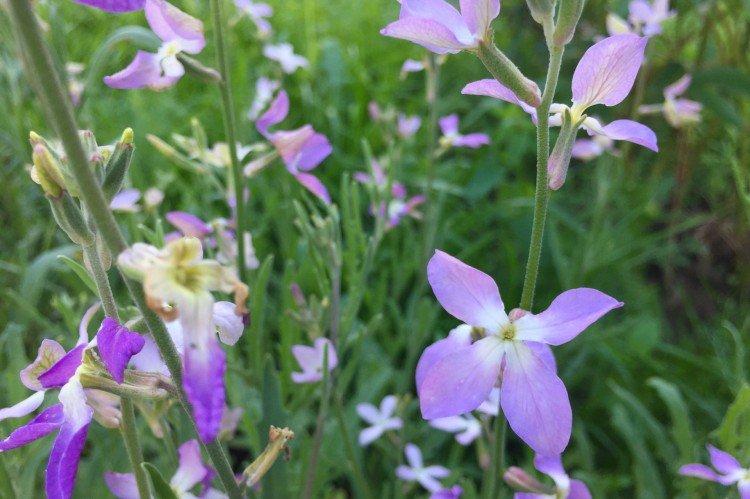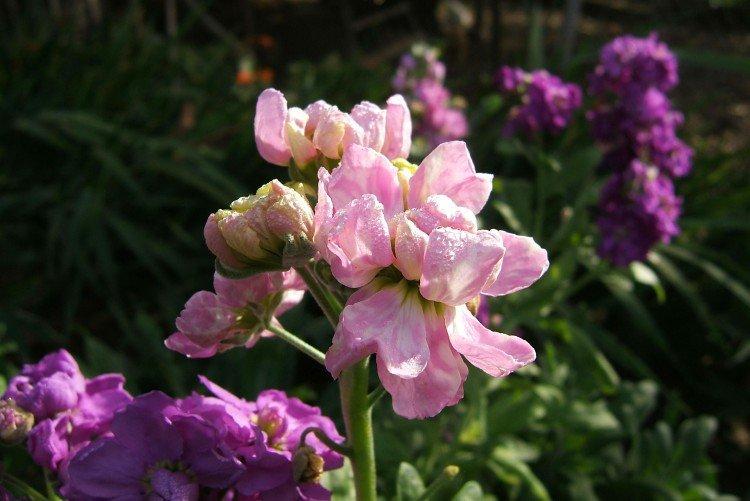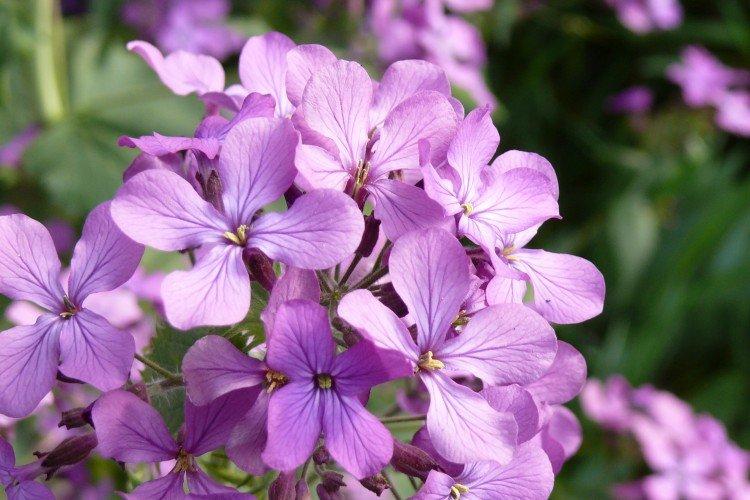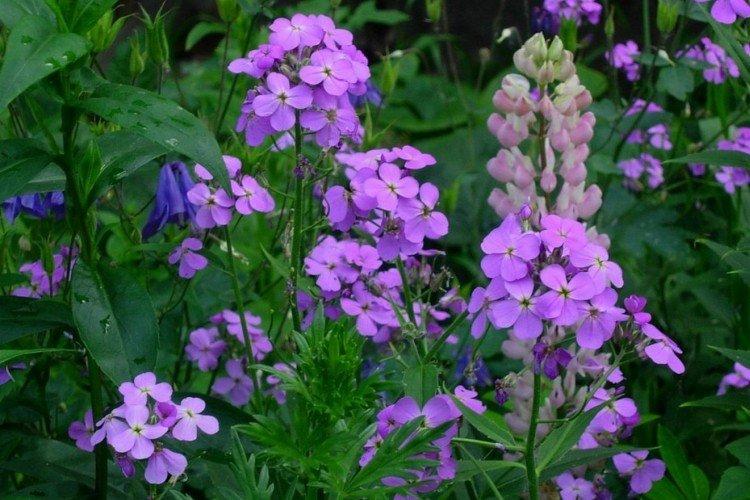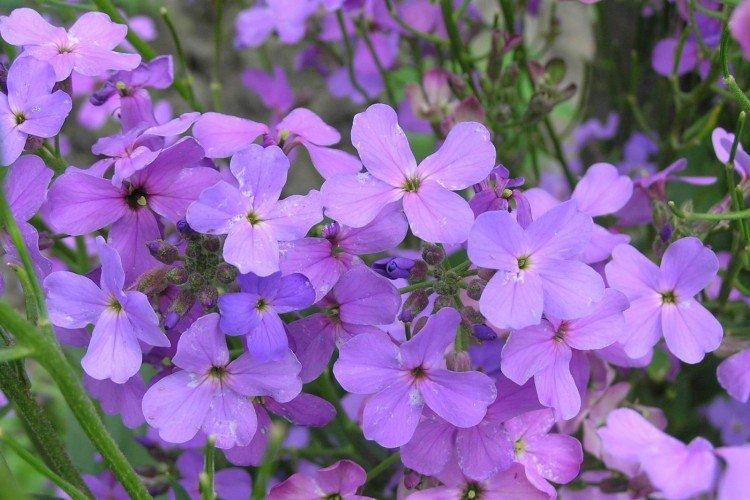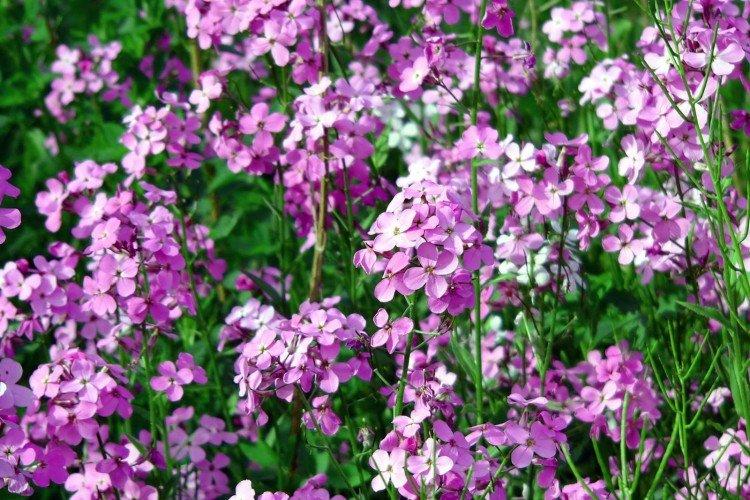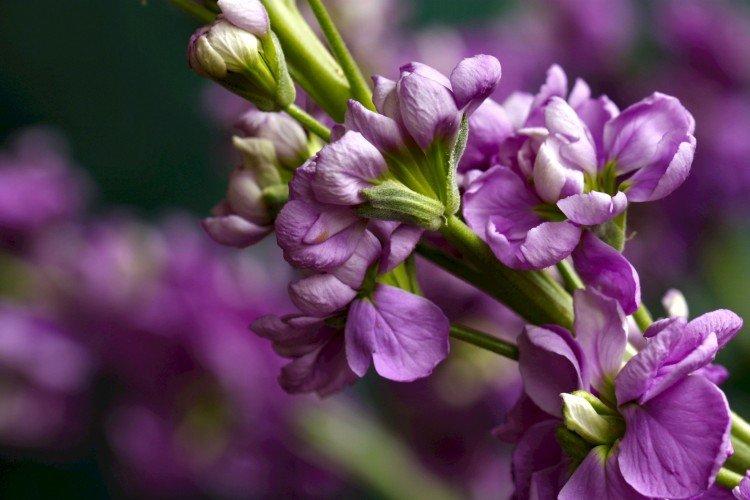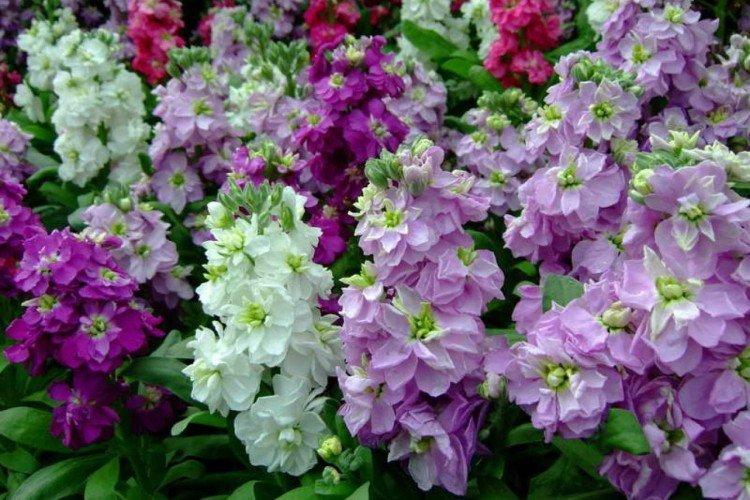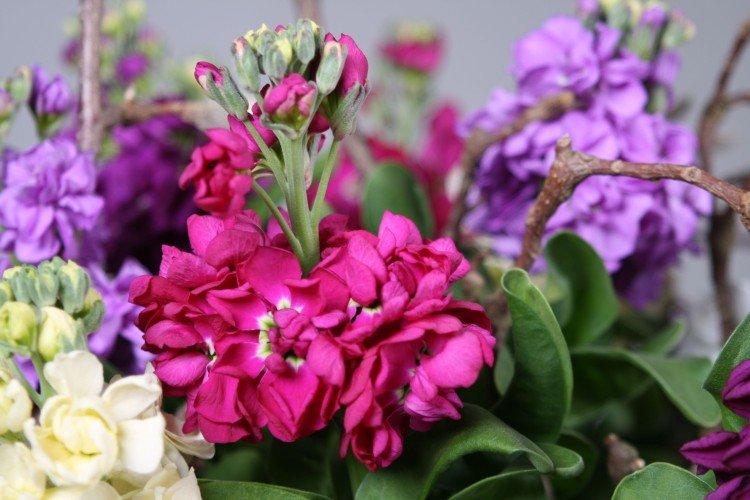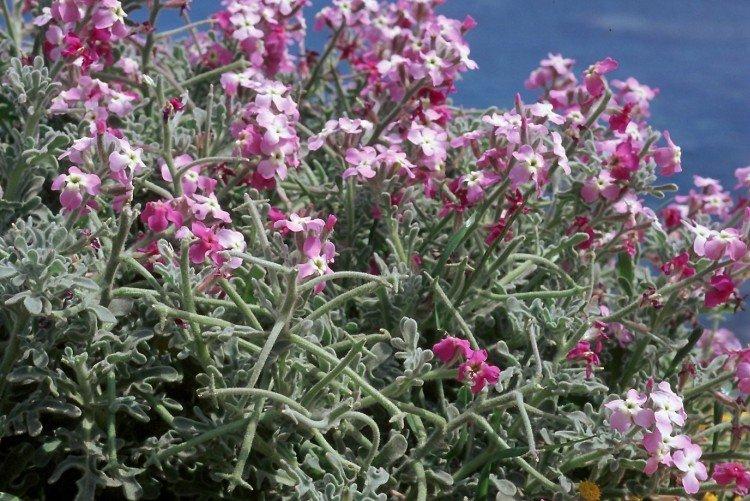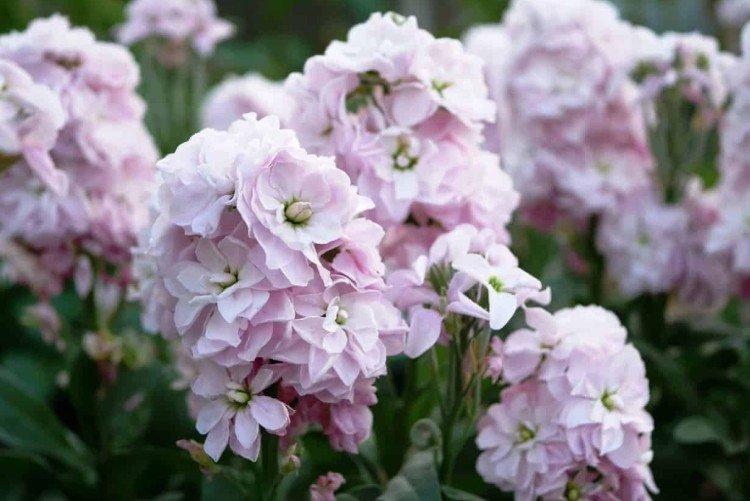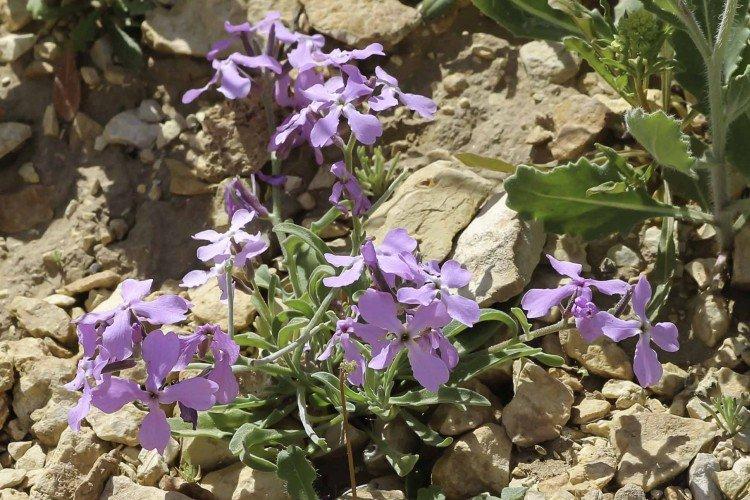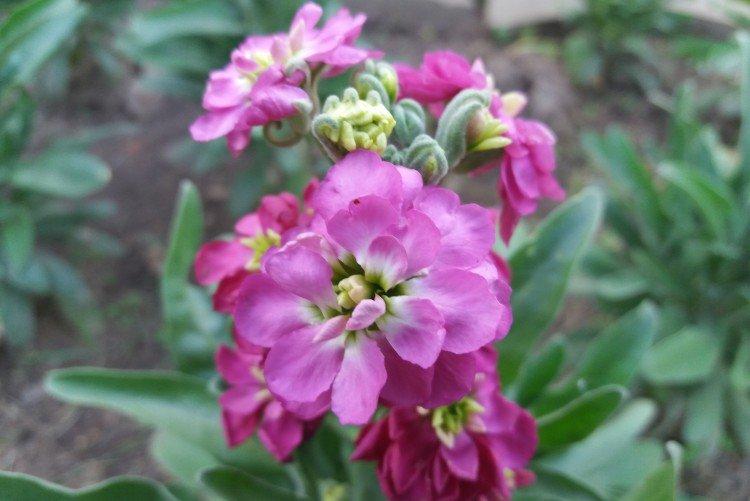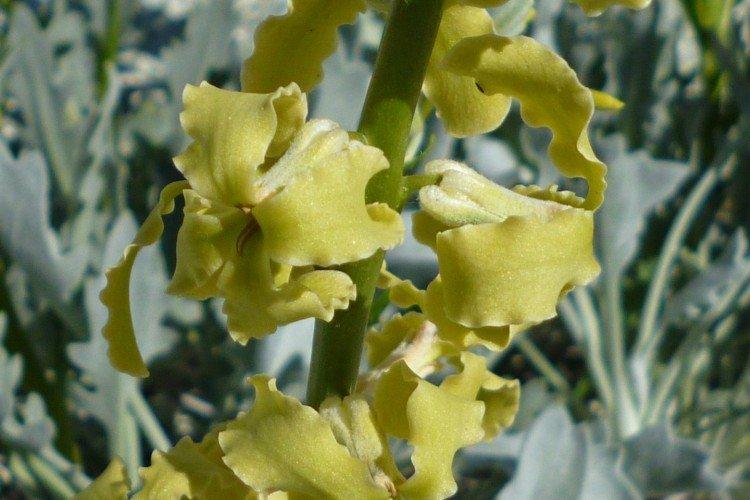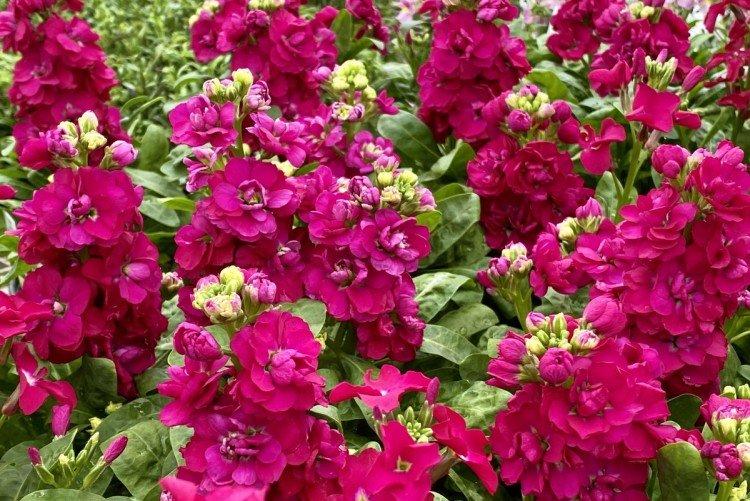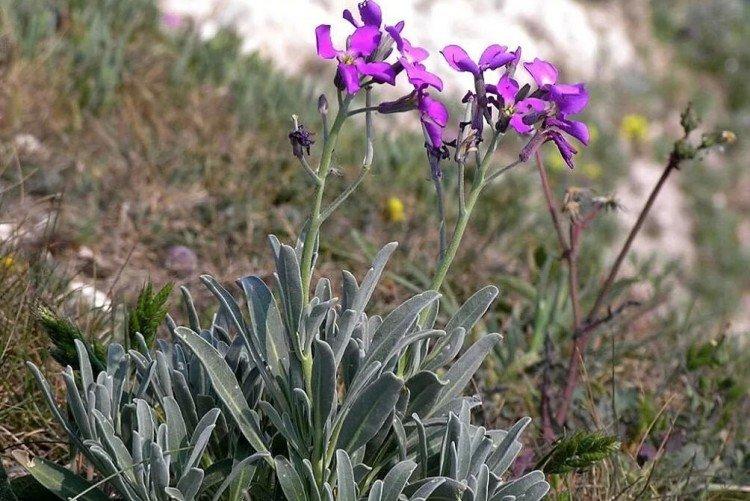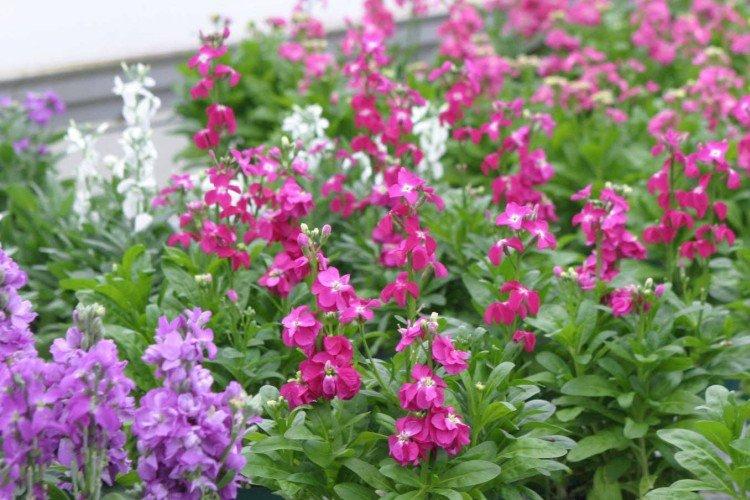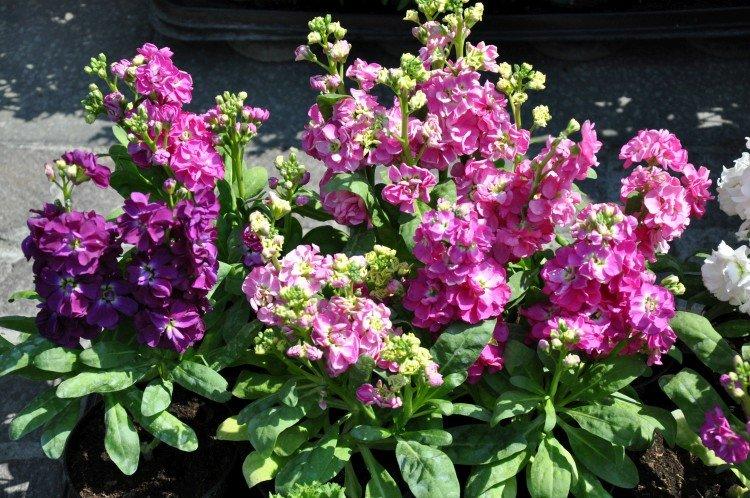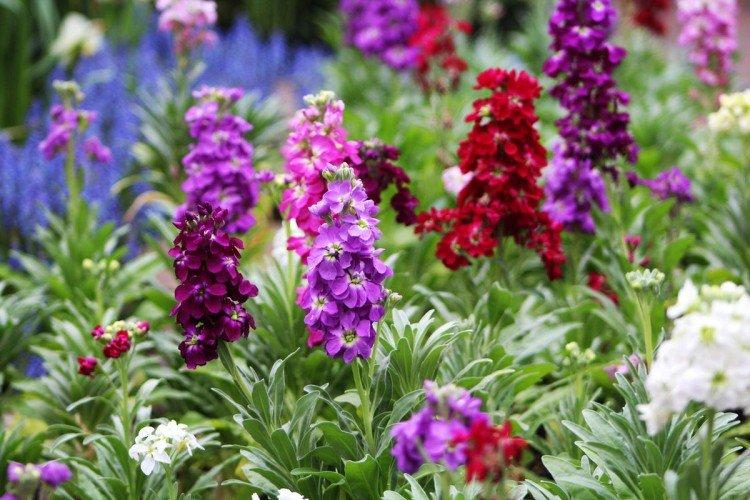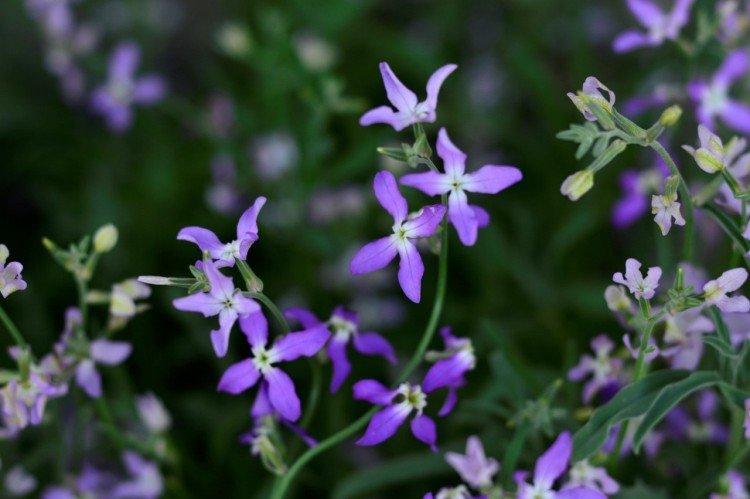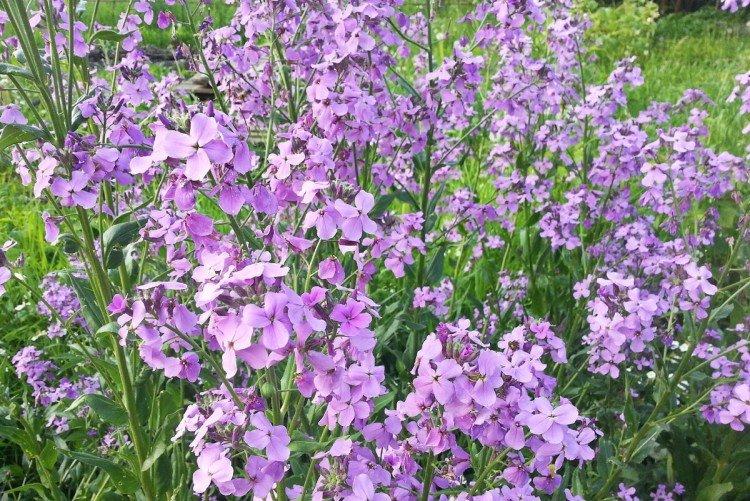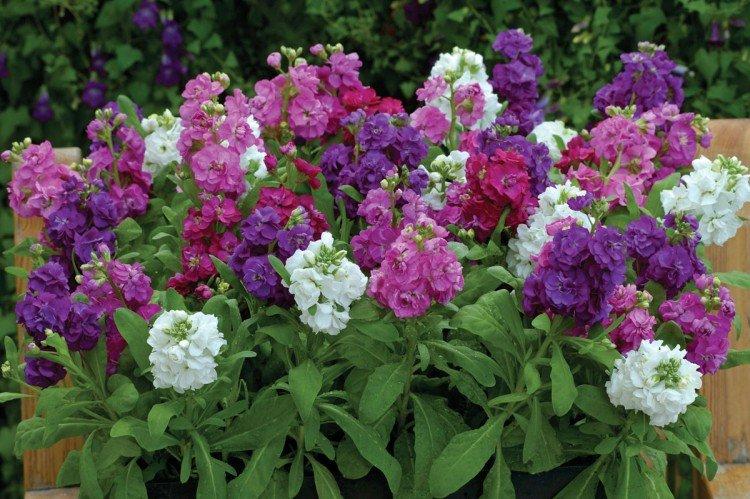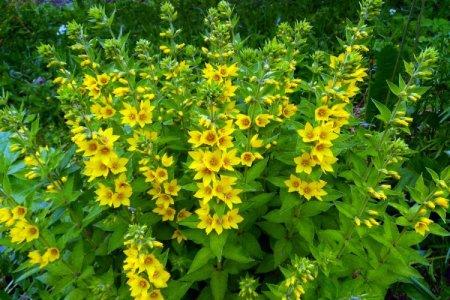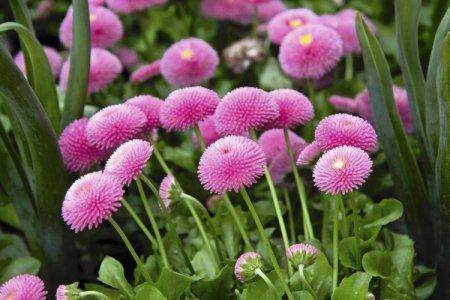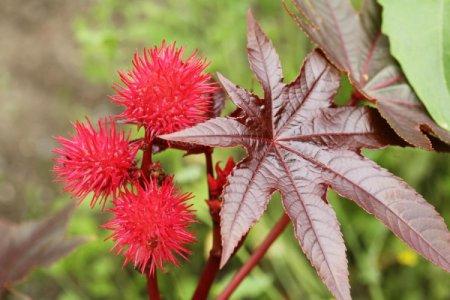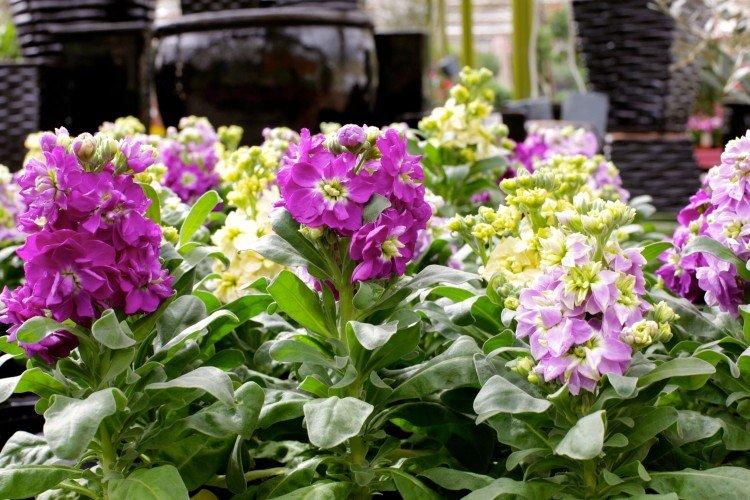
If you love fragrant plants that adorn the garden not only with beauty, but also with an amazing smell - feel free to choose levka. Moreover, it is also amazingly unpretentious, blooms for a long time and practically does not require care. Let's tell you more!
general information
Levkoy is a semi-shrub of not the most impressive size - about 50 cm on average. True, it depends on the variety, because there are dwarfs and giants. Various species are successfully grown as annuals or perennials.
Levkoy is famous for its aroma, which fills the garden after sunset. It has straight, branched shoots with large leaves and the same large inflorescences of pink, white, red or purple. There are varieties with double and simple flowers, and both options can be grown from the same batch of seeds.
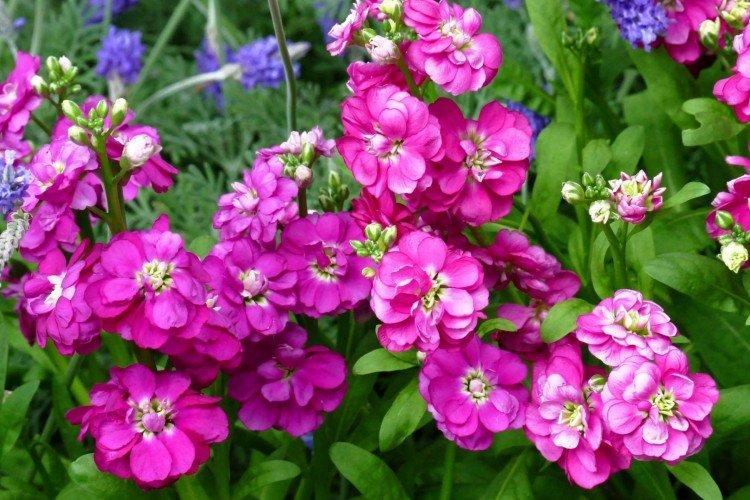
Levkoy species
The number of varieties and types of levkoy or matthiola is in the hundreds. But we propose for now to consider the main categories that are popular among gardeners.
Single stem levkoy
A tall, tall bush with single, even shoots. The main reason for the popularity of this species is the large and bright flowers in the same large and voluminous inflorescences.
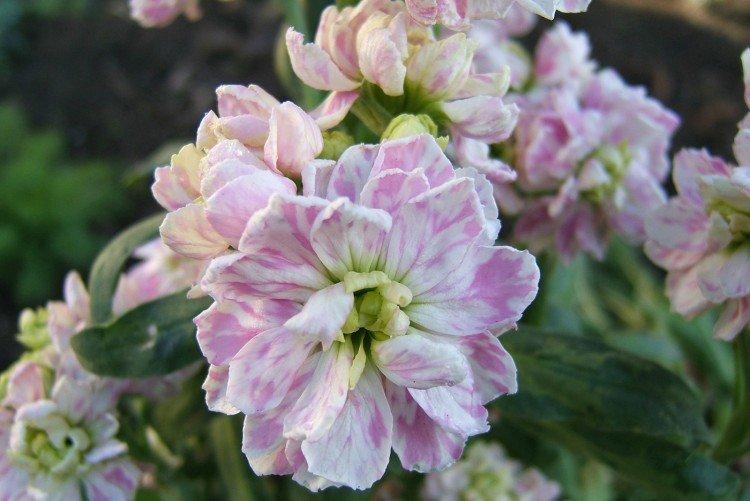
Two-horned levkoy
This is a branchy bush of medium height - up to about 50 cm. As it grows, it turns into a neat decorative ball with fragrant paniculate inflorescences.
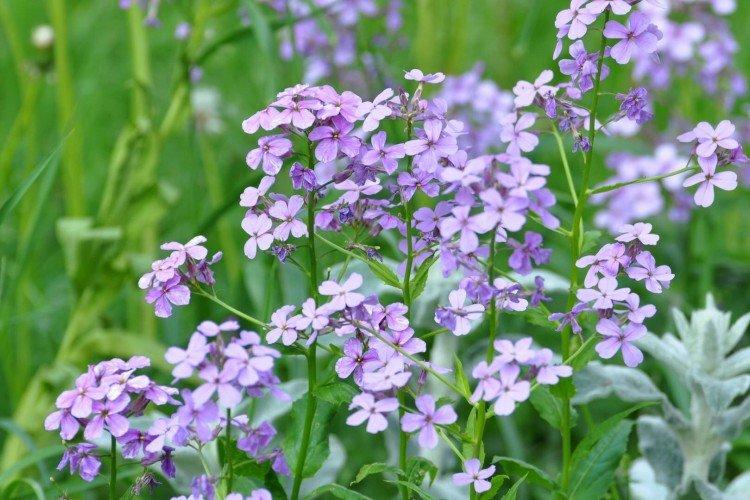
Tree-like levkoy
Its shoots branch strongly from above, due to which they really resemble the crown of a tree. The inflorescences are small, but dense and terry, therefore they are very beautiful.
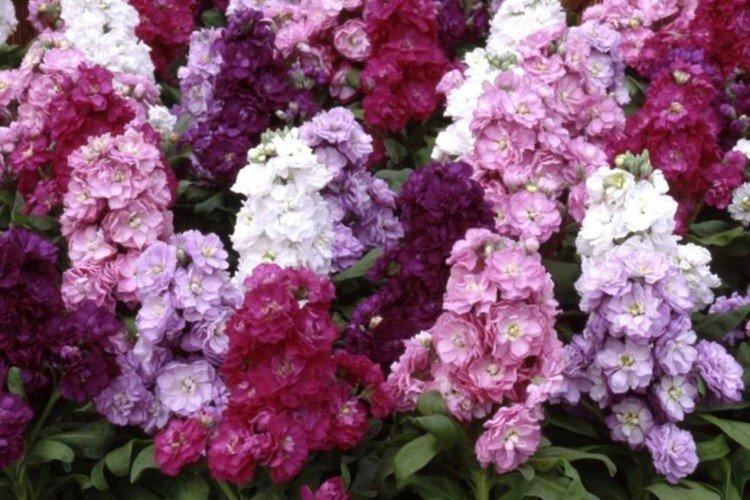
Fragrant levkoy
The most fragrant type, which is exactly what those who appreciate Matthiola because of its smell. The leaves of the fragrant levkoy are collected in a dense rosette right at the ground.
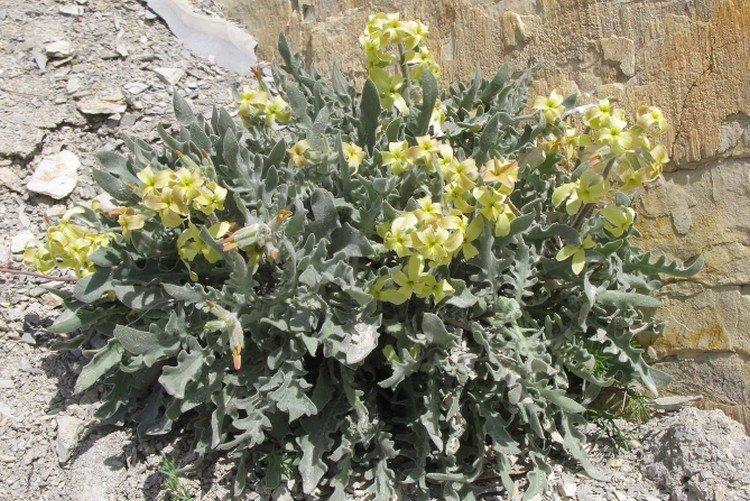
Pyramidal Levkoy
This Levkoy bush grows in the shape of a pyramid, for which it got its name. There are completely dwarf varieties, and there are real giants with flowers 5-6 cm in diameter.
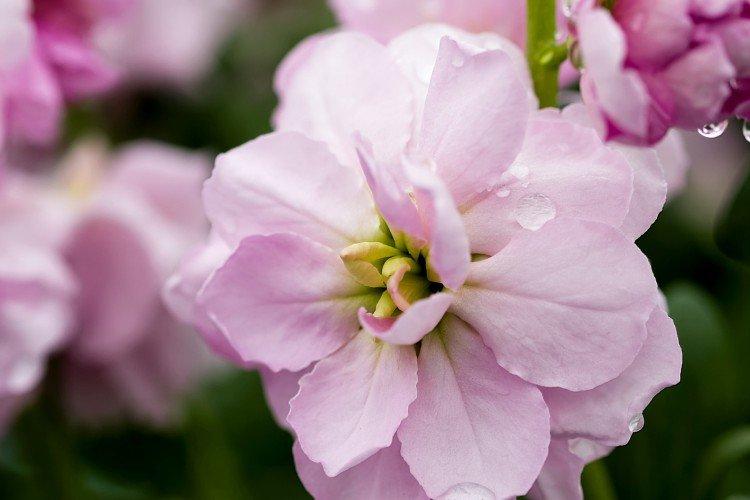
Levkoy care
Levkoy prefers warmth, but is generally well adapted to mid-latitude conditions. The plant is easily adaptable and does not require specific care!
Temperature and lighting
Levkoy is a summer plant, so it prefers warmth, but is not afraid of short-term cold snaps. Some varieties can withstand temperatures below -5 degrees. But the site must be sunny, because otherwise you will not achieve lush and uniform flowering.
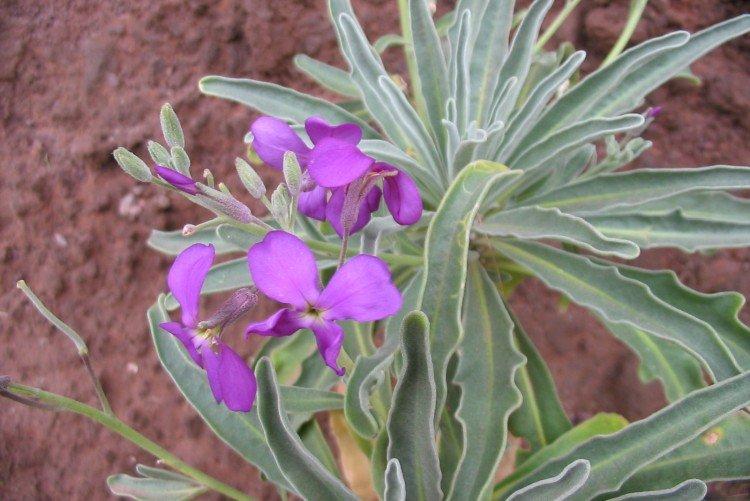
Watering
If the summer is rainy, then you do not need to additionally water with levka, because it is easy to overdo it. It is only during dry periods that it makes sense to add moisture.
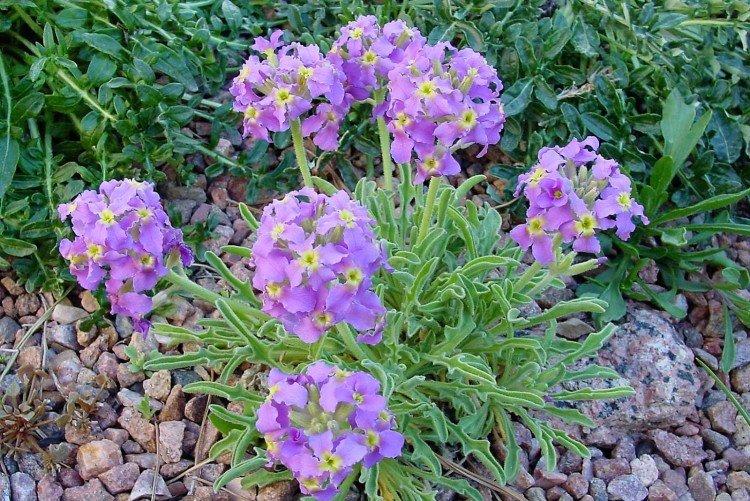
The soil
But you will have to try with the soil, because this is almost the only requirement for the growth of Levkoy. You need acidic or swampy soils, and ideally - loam and sandy loam. Keep in mind that you do not need to mulch the soil, but you definitely need to remove the weeds.
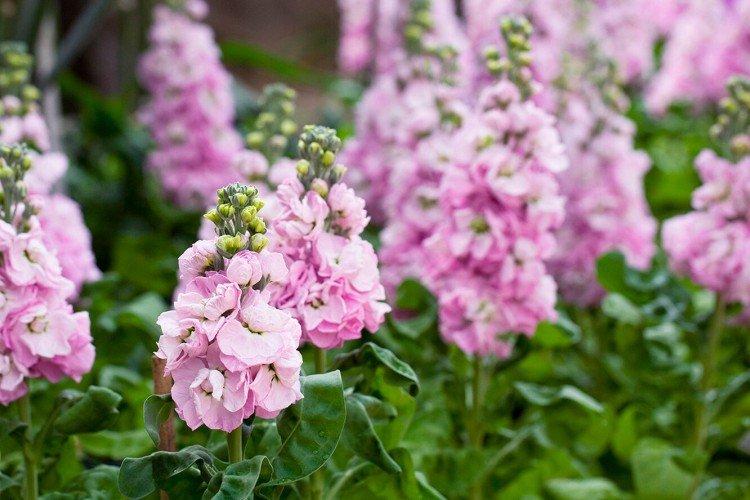
Fertilizers and feeding
Do not overuse fertilizers before planting levkoy, because this is fraught with the development of a fungus. But in the process of active growth and flowering, regularly apply mineral fertilizing every 2-3 weeks, but do not touch the shoots and roots.
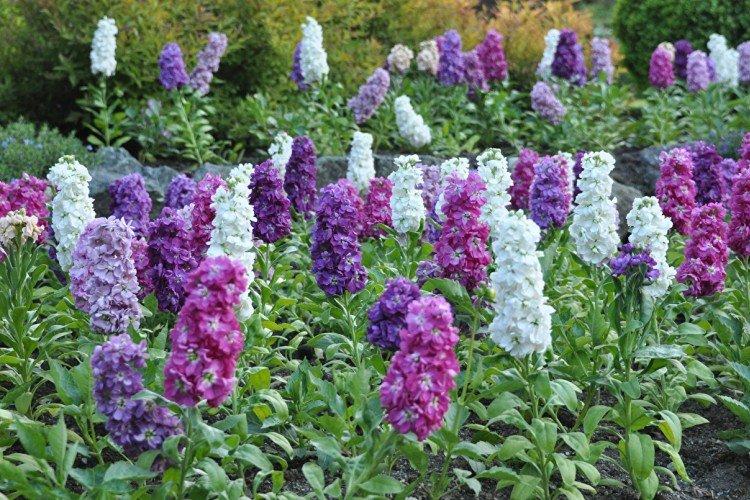
Wintering
In warm regions, Levkoy winters well in the open field. But already in middle latitudes, it turns into an annual. Plants in flowerpots and containers can be brought into the house, but they will still lose their decorative effect over the winter.
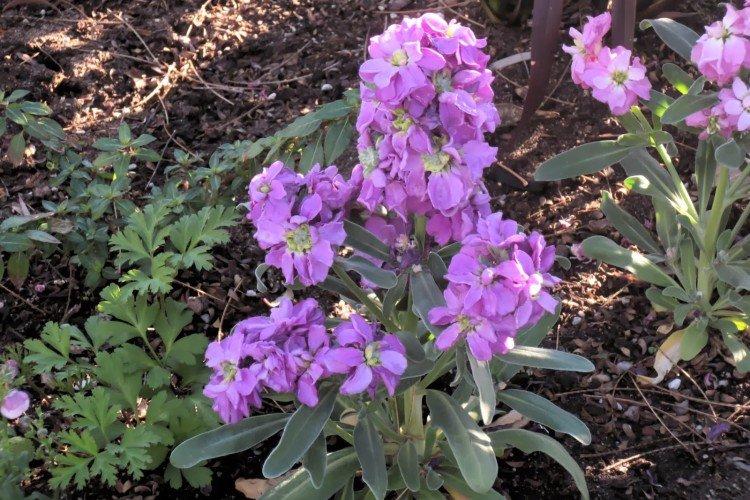
Planting and breeding
Levkoy is propagated by seeds through seedlings around mid-March. At the same time, the containers must be kept in a warm and dark room, and when shoots appear, they must be transferred to the light, but the temperature must be lowered to 10 degrees.
When in a couple of weeks the levkoy gets stronger, the seedlings can be dived. When transplanting into open ground, keep in mind that it does not need deep holes and thick drainage.Plant groups of levkoes immediately in trenches with a distance of up to 40 cm, depending on the size of the variety.
Early varieties of Levkoy can be sown directly into open ground, but keep in mind that plants will bloom by the end of summer. For long and continuous flowering, several batches of seeds are planted with seedlings at intervals of 2 weeks. Winter-hardy varieties can be planted in the ground at the end of winter and sprinkled with sand - then the seedlings will appear early and immediately in the garden. But due to frost, not everyone can ascend.
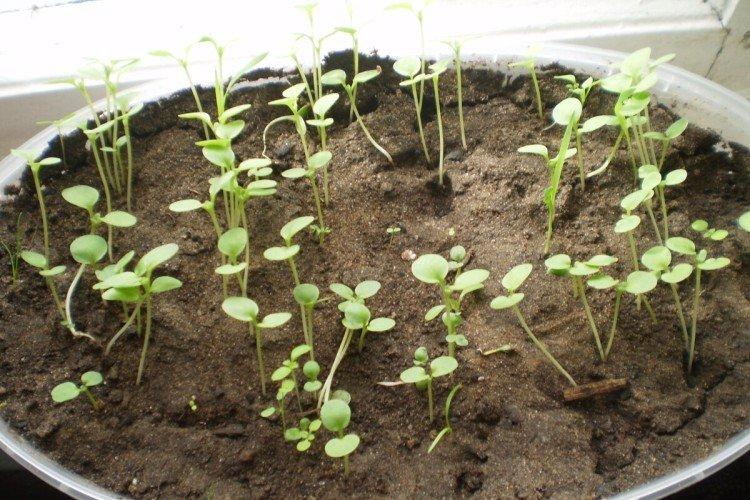
Levkoy pests and diseases
The main rule of a healthy Levkoy is not to plant it after crucifers. The second taboo is the use of organics for feeding. These are the main causes of plant diseases. In particular - cruciferous fungus and keels, which are almost impossible to get rid of. Obviously diseased plants are best simply removed from the root as soon as possible.
Cruciferous fleas willingly settle on the leaves of Levkoy. Ordinary ash helps from them. But with butterflies and caterpillars, it is better to immediately fight with professional insecticides.
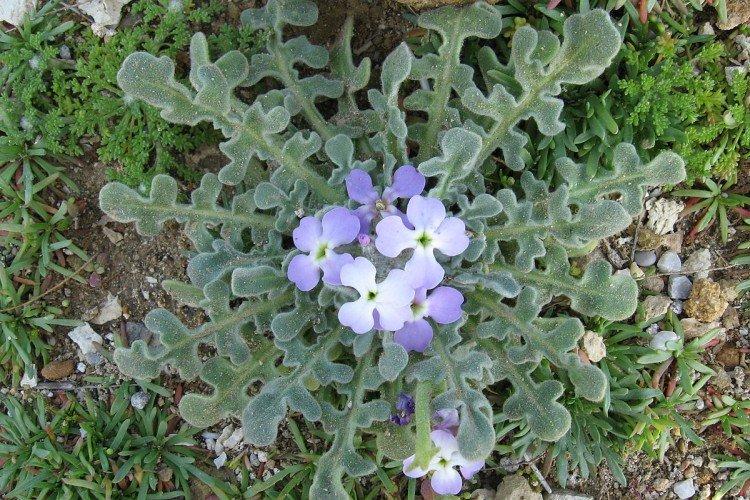
Levkoy - photo
Levkoy is a very beautiful and spectacular plant. And our selection of photos of blooming Levkoy is the best confirmation of this!

